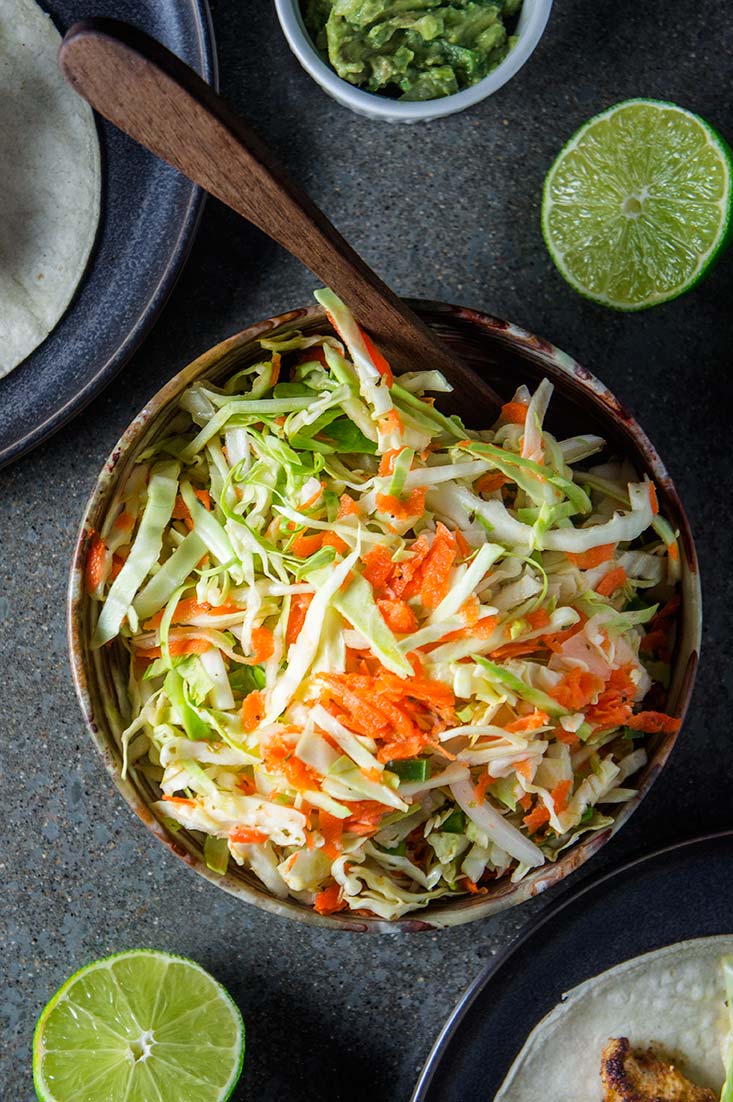Vegan Dinner Miso Soup
/Last week, we woke up to rain. And it rained and rained until about 10am when the temperature dropped and the winds started and it began to snow sideways.
It was a perfect storm for Miso Soup.
Typical miso soup is light — really nothing more than an appetizer. With this recipe I sought out a miso soup that was filling. Something you could have as a meal when you’re snowed in. Traditional miso soup usually has a few bites of tofu, and pieces of wakame. We added: shiitake mushrooms, rice noodles, and TOPPINGS! (Fried garlic chips, green onions, chili crunch sauce, toasted sesame oil). All in all it makes a more filling soup with out losing the miso-y quality. Despite the add ins, this soup is still vegan (some add bonito flakes to miso soup, I opted for dried mushrooms).
I know warm weather is on it’s way — but until then, I’ll be souping. :)
Vegan Dinner Miso Soup
Serves: 6 | Active Time: 50 minutes
Ingredients:
For the broth (dash):Directions:
- Make broth: heat 7 cups of water in a large soup pot with kombu and dried mushrooms. Once the water comes to a boil, remove it from the heat. Allow kombu and mushrooms for roughly 20 minutes.
- Meanwhile, hydrate wakame in a small bowl. When wakame is completely softened, strain out excess water. Then, roughly chop wakame into bite-sized pieces.
- After broth has soaked, use a slotted spoon to remove kombu and mushrooms.
- Place miso in a small to medium sized bowl. Ladel roughly 1 cup of broth in the bowl with the miso, and whisk until no clumps remain (this makes it easier to mix into the full pot of broth). Pour miso mixture into soup pot.
- Add tofu, shiitake mushrooms, and wakame to the pot, and place back on stove over low heat. Heat until the soup is just barely simmering.
- Divide rice noodles amongst serving bowls, and label soup over top. Top to taste with: sliced green onions, toasted sesame oil, chili crunch sauce, and fried garlic (and eggs, halved, if using).





















